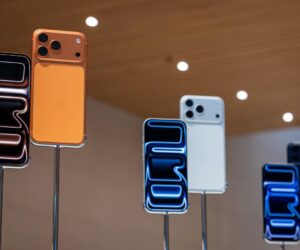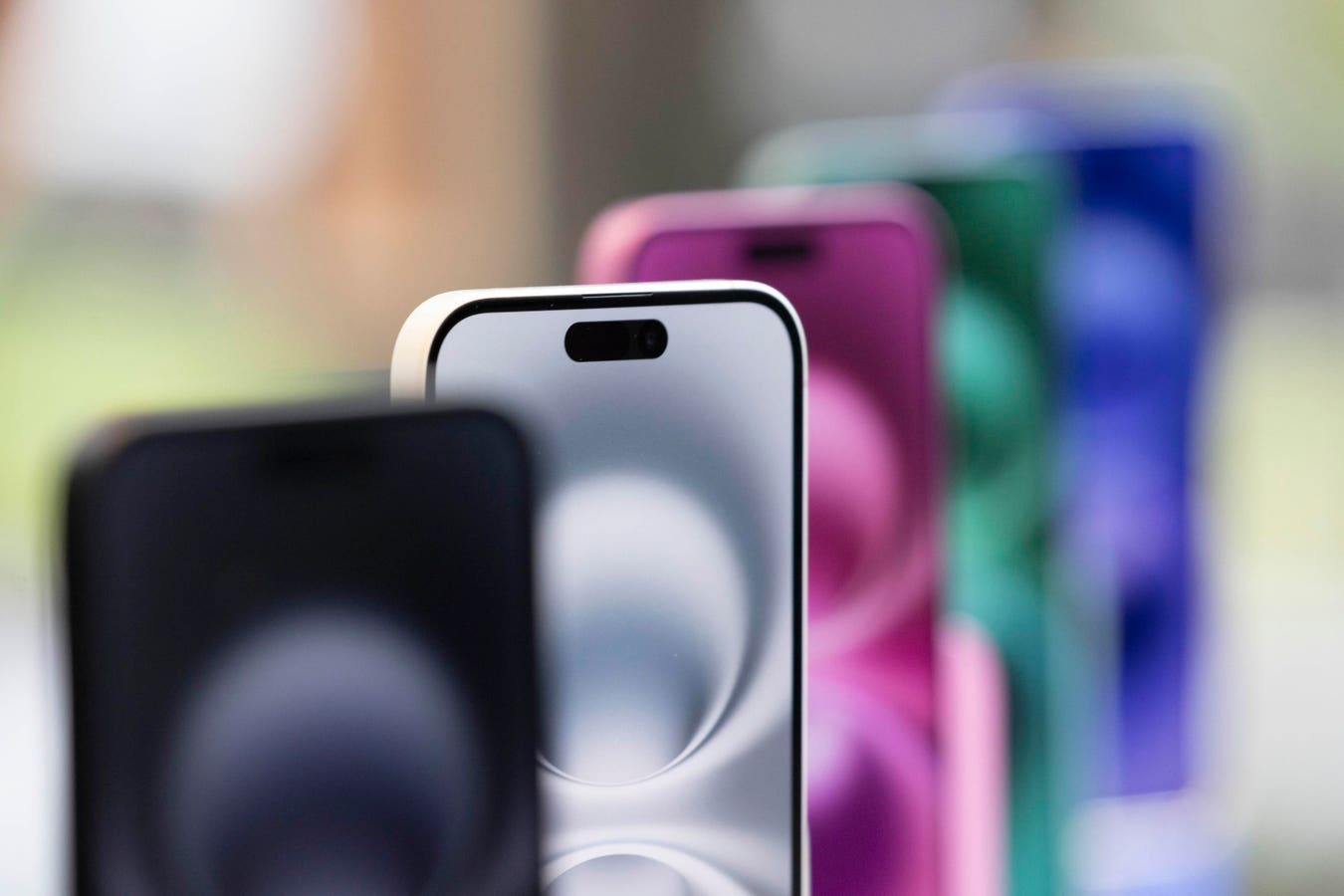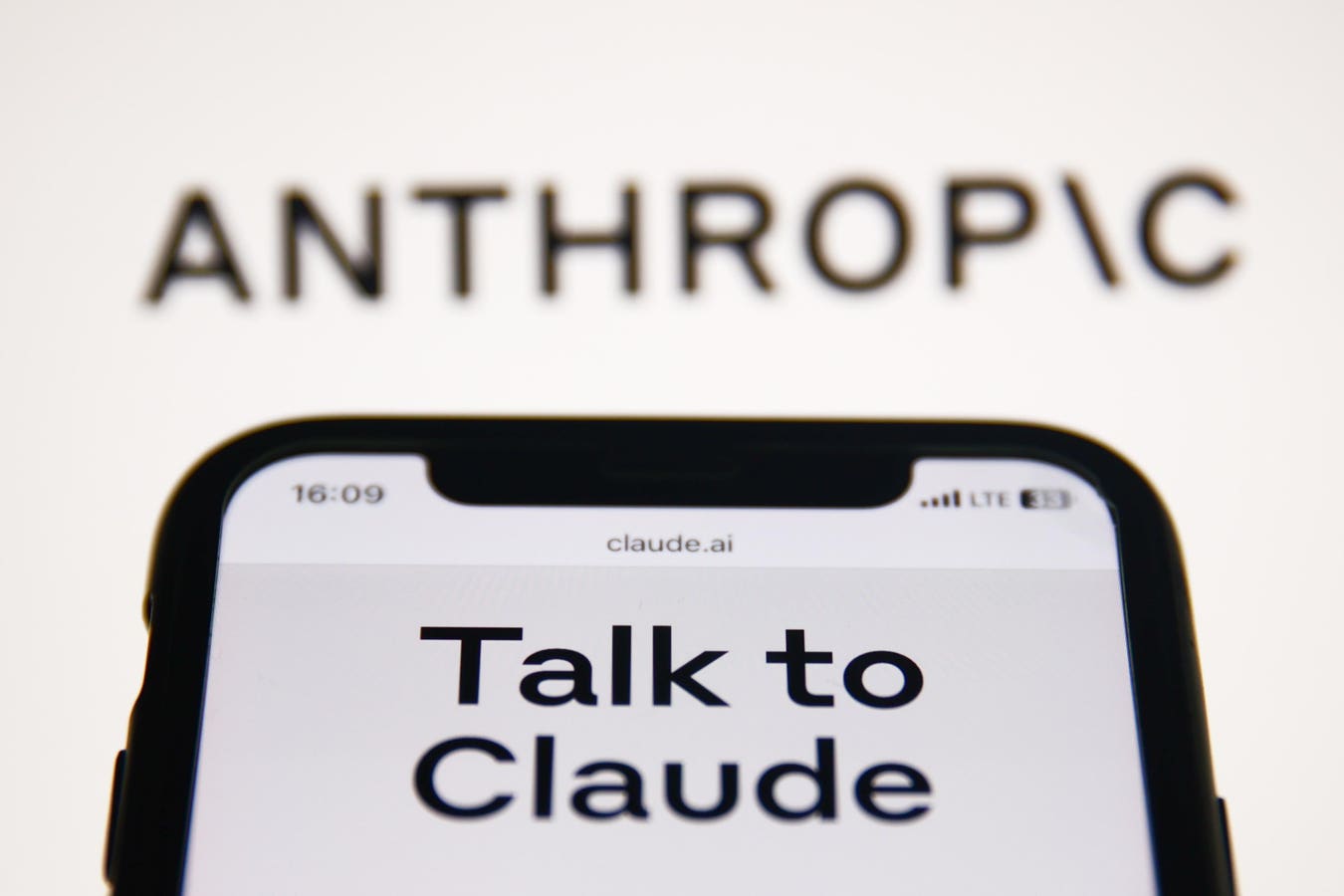Dolby’s HQ in Soho, London
Dolby
Growing up, my Dad’s Technics cassette deck was endlessly fascinating. Its solid feel felt like proper hi-fi and its silver finish futuristic. It had two buttons labeled “Dolby B” and “Dolby C”, and I never understood what the difference was, and what “Dolby A” had done wrong to not even get a look in?
What these buttons did, of course, was minimize the impact of tape hiss, which is caused by the playback head picking up electrical noise generated by the tape’s magnetic particles.
In 1965, when physicist Ray Dolby established his eponymously named company, the focus was on reducing noise in professional recording studios. This was Dolby A, before the focus shifted to the consumer market with B and C. (For those interested, Dolby C had better noise suppression capabilities but was more sensitive to the quality of the cassette tapes and the playback equipment, hence the presence of both on most decks.)
That’s No Mono
By the 1970s, Dolby turned his attention to cinema, moving his expertise in noise reduction from cassette tape to film stock. The first movie to make use of this was Stanley Kubrick’s 1971 film A Clockwork Orange.
The next step was not merely to improve quality but to use audio to enhance the storytelling possibilities.
Up until then, multi-channel sound for movies was only available using a magnetic soundtrack, which was prohibitively expensive, and as such, most movies made do with mono.
The Dolby Stereo system, however, enabled four channels of sound (Left, Center, Right, Surround) to be placed onto film stock optically. As this was much cheaper, it made multi-channel sound accessible for more filmmakers. The first film to use the four-channel version was A Star is Born in 1976, but the system made the jump to hyperspace when it was used to great effect by George Lucas in his 1977 space opera, Star Wars.
Bass Gets Discrete
The next technical sonic step change in cinema wasn’t until 1992, which saw the arrival of Dolby Digital. Premiering with Batman Returns, this new standard offered six discrete channels of surround, including one dedicated to low-frequency effects.
While it started in the cinema, it was its presence as the mandatory audio codec on the DVD and Blu-ray home media formats that cemented its popularity and brand recognition.
The screening room in its London HQ is a reference Dolby Cinema used for grading movies.
Dolby
Something Truly Spatial
Today, the current state-of-the-art is Dolby Atmos. Debuting in 2012 with Pixar’s Brave, this changed the game again by creating the concept of spatial audio. Instead of thinking about audio in terms of channels is encouraged for audio designers to think about each sound as an “object”, which could be placed anywhere in a 3D space. Now a sound could revolve around the listeners completely, appearing anywhere in a sonic bubble, and not just to the sides or rear.
Once again, this cinema sonic format made its way to home media. Today, almost all 4K UHD discs offer a Dolby Atmos track, and it is also widely available on many home streaming services, albeit in a bandwidth-sensitive compressed form.
One of the first films mixed in Dolby Atmos was Danny Boyle’s 2013 movie Trance, and at the time, I was invited to experience this in Dolby’s screening room in its London headquarters, located in leafy Soho Square.
While competition is fierce, today, Dolby still strives to remain at the cutting edge, and that same screening room is used to present Dolby’s most recent cinematic creation — Dolby Cinema.
Sound and Vision
In the early 2000s, a company called Brightside Technologies was working on creating computer monitors capable of displaying high dynamic range (HDR), boosting brightness levels so that specular highlights and deep blacks could appear in the image at the same time. In 2007, Dolby bought the company outright, and in 2014, it was introduced as a new HDR format for TVs.
Dolby Cinema was then introduced in December 2014, offering up Dolby Vision as a next-generation projection system to match the state-of-the-art Dolby Atmos audio.
Increasing the dynamic range in cinematic pictures is more challenging for the big screen, so to achieve this Dolby Cinema system employs two custom-designed dual Christie 4K 6P laser projectors working in tandem. These deliver up to 108 cd/m2 of brightness in 2D and 48 cd/m2 in 3D, more than double the digital cinema standard. This made it the first cinema system that offered the brightness headroom to deliver an extended dynamic range picture that can show true black and bright whites in the same frame.
And it’s not just brightness with which Dolby Vision pushed the boundaries. Regular digital cinema meets the DCI-P3 standard, but Dolby Cinema covers 88% of the Rec. 2020 color space, which means more colorful, vibrant images, which you can clearly see when you sit down to watch.
Along with the Atmos sound, luxury seating, and custom room design, Dolby Cinema is a premium option, with ticket prices that reflect this, but as anyone who has visited one will attest, it’s hard to argue with the results.
Of course, 2014 was over ten years ago, and the competition never sits still. Last year, the HDR by Barco system was released, offering even greater specifications for color and brightness. However, as of writing, while there are only a handful of venues offering that technology, Dolby Cinemas can be found in 300 locations worldwide, spread across 14 countries, and almost every major release today will have a Dolby Vision version. Dolby is also continuing to push the boundaries, and in September 2025, announced Dolby Vision 2, though as it stands, this is only designed as an upgrade for TVs and not its cinema system.
This brings us back to the screening room in Soho. Over the years, I consider the movies that I’ve seen there, such as Apocalypse Now and Roma, as reference cinematic experiences.
It also translates to the real-world Dolby Cinemas, as I can attest from seeing The Lion King at the opening of the Dolby Cinema in Leeds, to recent releases such as 12 Years Later at the Odeon Luxe West End, London, and Jurassic World Rebirth in 3D in the Cinema in the Power Station in Battersea, London.
Dolby Vision Grading
However, Dolby doesn’t just use its screening room to show off to journalists; it’s actively used to grade movies. While most post-production houses don’t have access to their own Dolby Vision projection system, many are London-based, so come to the Dolby Soho screening room to use it as a grading facility, using a point-to-point fiber connection to remotely access their tools. After all, what could be better for Dolby Vision grading than using an actual Dolby Cinema?
As a reminder, I was shown some Dolby Vision content, such as the Dolby Vision sting that plays before every movie in the format, and some film trailers that impress in the format: the fire from the trailer for the “live action” version of How To Train Your Dragon was suitably intense.
The living room demo features three different Dolby Atmos setups, enabling easier comparisons.
Dolby
Music to Your Ears
Outside of cinemas, Dolby is, of course, a household name. After the screening room, I was taken to their home demo room. As well as Dolby Vision-enabled TV, this offers three Dolby Atmos set-ups scaling up in terms of complexity, capability: a sound bar, a 5.1.2 system with up-firing speakers for the height layer, and lastly, a full-fat 7.1.4 system, with four ceiling speakers.
Streaming services use Dolby Digital Plus with Joint Object Coding (DD+ JOC), typically with a bit rate of 448–768 kbps. This contains a core Dolby Digital base layer that offers stereo, 5.1, or 7.1 sound, and the object-based metadata. This means the same stream can be used for stereo or conventional surround systems, while enabling Atmos systems to decode the spatial audio. How effectively this is rendered depends on the system, and I was encouraged to experience this by listening to Dolby Atmos tracks from Apple Music, such as Riders On the Storm by The Doors, and Marvin Gaye’s What’s Goin’ On, switching between each system using a remote control.
As you would expect, all were impressive, but the sense of scale and immersion increased in turn. While the soundbar sounded great, the height layer only came into play with the up firers, while the ceiling speakers took things, quite literally, to another level.
Cars are increasingly offering Dolby Atmos-capable audio systems
Dolby
Mixing for Atmos
As we listened, Richard Addis, head of music, podcast, and post-production partnerships for Dolby UK, explained how mixing in Atmos not only enhances storytelling but, if used smartly, can even help reduce production costs.
He gave the example of a shot in one of the early episodes of the Disney+ Star Wars show, The Mandalorian, where we hear, rather than see, a spaceship overhead. As Atmos can place the sound precisely, our brains fill in the data, so we understand what is happening without the need to see it. As he put it, a talented sound designer can use Dolby Atmos to “add a lot of money to the shot,” effectively saving the production’s visual effects budget for more critical moments.
But how does this translate to non-Atmos systems? Addis said that many creatives say that stereo mixes sound better if the initial mix is done in Atmos, as when making manual adjustments to trim levels, they are already thinking in three dimensions.
Automotive
One listening environment that automatically puts you in, or at least close to, the center of sound is the car.
An increasing number of cars are now shipping with Dolby Atmos systems, and from a certain point of view, it’s one of the most natural homes for surround audio. While traditionally a car was not the ideal environment for audiophile listening, the lack of a noisy engine in electric vehicles makes them more conducive to quality listening, especially at the higher end of the market, where the build quality will be higher. In a car, you are also naturally inside a contained environment, inside a bubble of sound, albeit slightly to the front and off to one side.
Streaming services now offer a large selection of music in Atmos, both recent tracks from the likes of Billie Eilish and Mountainhead, that have been mixed with Atmos in mind, as well as catalog remasters.
With these tracks, there was a strong sense of immersion, with clever use of harmony vocals or a sense of being inside a concert hall. While some listening on headphones complain that Dolby Atmos is too quiet compared to the stereo version, Addis said that Atmos was a deliberate fight against the loudness wars, where dynamic range is sacrificed for volume, as the spatial nature of Atmos requires the mix to retain that sonic headroom.
Other uses
Audio dramas are arguably an even more natural home for Atmos, as there is no visual element to involve the listener. It’s no surprise then that recently Amazon has used its movie-studio-owning-sway to pull in some high-profile talent to create dramas for its Audible service. A reference example, said Addis, is the Audible adaptation of George Orwell’s 1984, featuring Andrew Garfield, Cynthia Erivo, Andrew Scott and Tom Hardy. The overall user review score of 4.7/5 indicates this is a success — one review praises its immersiveness and “active” storytelling as “excellent”.
The Future of Atmos
When it comes to what comes next, Addis said he believes that increased personalization is where things are heading.
For example, Apple AirPod owners can take a picture of their ears to optimize how sound reaches their ears so that Atmos and binaural mixes are more precisely mapped to the shape of their head.
He also points to Dolby Atmos Flex Connect, which promises to use any speakers you have in the room that support the technology to create an Atmos-like sound field, without the need to create a perfectly dedicated space. So far, only TCL TVs are the only products released that support tech, but if it takes off, it could be a great way to make technology work more cost-effectively at home.
While Dolby Atmos works best in a cinema or dedicated home cinema, it’s great to have more options, so more people can get to experience the joys of spatial sound, even if, as it was in the distant past, they don’t necessarily know what all the buttons do.
Further Reading
‘Tron: Ares’ Is Showing In Five Different 3D Formats — But Which Is Best?
ISE 2026 Audio Visual Show To Light Creative Spark With Expanded Programme In Barcelona
An EPIC Rift With IMAX? Vue’s CEO Throws Down The Technology Gauntlet
‘2001: A Space Odyssey’ On IMAX Film Is The Ultimate Cinematic Experience
Nebula X1 Points The Way For Projection Technology









